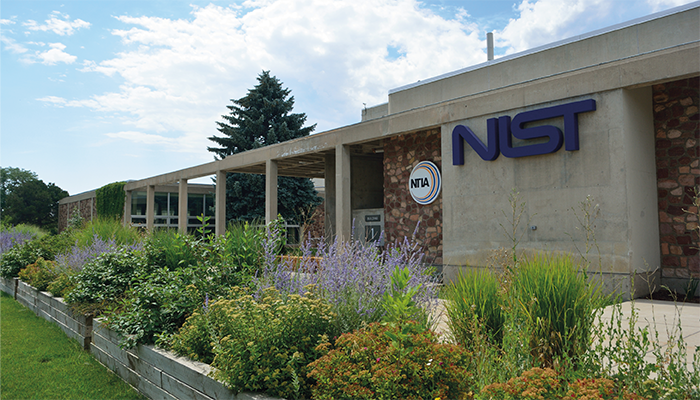
Credit: jzehnder - stock.adobe.com
Is the Atomic Spectra Database Under Threat?
There was more news this week from the US of the Trump administration’s cost-cutting plans – this time affecting the spectroscopy community; specifically, the US Institute of Standards and Technology (NIST)’s Atomic Spectroscopy Group, according to an email sent to dozens of outside scientists, reports Wired.
“We were recently informed that unless there is a major change in the Federal Government reorganization plans, the whole Atomic Spectroscopy Group will be laid off in a few weeks, in particular, since our work is not considered to be statutorily essential for the NIST mission,” Yuri Ralchenko, the group's leader, reportedly wrote in the email.
The Atomic Spectroscopy Group manages the Atomic Spectra Database. “The database distills thousands of researchers’ lifetime work into crucial, unique data that others can use,” NIST researcher Alexander Kramida wrote in a blog posted. “Our database is used in fields ranging from astronomy to medicine to geology. On average, we receive 70,000 search requests from users worldwide monthly.”
“SERS could evolve from lab-based proof-of-concept to clinically applicable techniques with the assistance of AI,” say the authors of a review of AI-powered SERS in biomedical applications, who point to “ever-higher sensitivity and multiplexity in complex background matrices.” Link
Researchers use machine learning analysis of the Raman spectra measured to classify distinct exosome solutions by their cancer origin with 93.3 percent accuracy, “laying the groundwork for the development of early noninvasive cancer diagnostics and personalized treatment strategies,” they write. Link
Near-infrared spectroscopy has potential as a fast, nondestructive method for assessing sugarcane quality, even in samples with high levels of extraneous matter such as soil, leaves, and roots. Link
Functional near-infrared spectroscopy, combined with a command-driven motor imagery task, can help identify CMD patients among those with disorders of consciousness. Link
Chewing gum can shed microplastics into saliva, fourier-transform-infrared-spectroscopy- based pilot study finds. Link
Werthered Iron
A new study out of South Korea has taken a closer look at the corrosion processes affecting centuries-old iron artifacts from the Joseon Dynasty. Using Mössbauer spectroscopy, researchers were able to identify the complex layers of corrosion and how they evolve over time. Their findings? Goethite – famously named after the writer, polymath, and mineral enthusiast Johann Wolfgang von Goethe – especially in its nano-sized, superparamagnetic form, plays a helpful role by forming a stable, protective layer on artifact surfaces.
NIR Imaging System Speeds Up Environmental Monitoring
A new hyperspectral imaging approach based on near-infrared (NIR) light could enable real-time environmental monitoring at low cost and high resolution, according to researchers in Germany. The HyperNIR system allows fast, label-free chemical imaging of materials, including plastics and plant tissue, using standard NIR cameras and commercially available optical components.
The technique was developed by a team at Ruhr University Bochum and the Fraunhofer Institute for Microelectronic Circuits and Systems. It combines spectral and spatial information into “phasor” plots, allowing the discrimination of materials based on their spectral fingerprints with just three images – a substantial increase in speed over conventional hyperspectral imaging methods, which typically require time-consuming scanning.
“Using this technique, the ability to analyze different materials and their properties in real time can considerably increase the efficiency of processes in environmental monitoring,” said co-author Sebastian Kruss… Read more.




